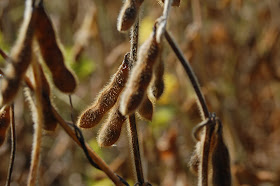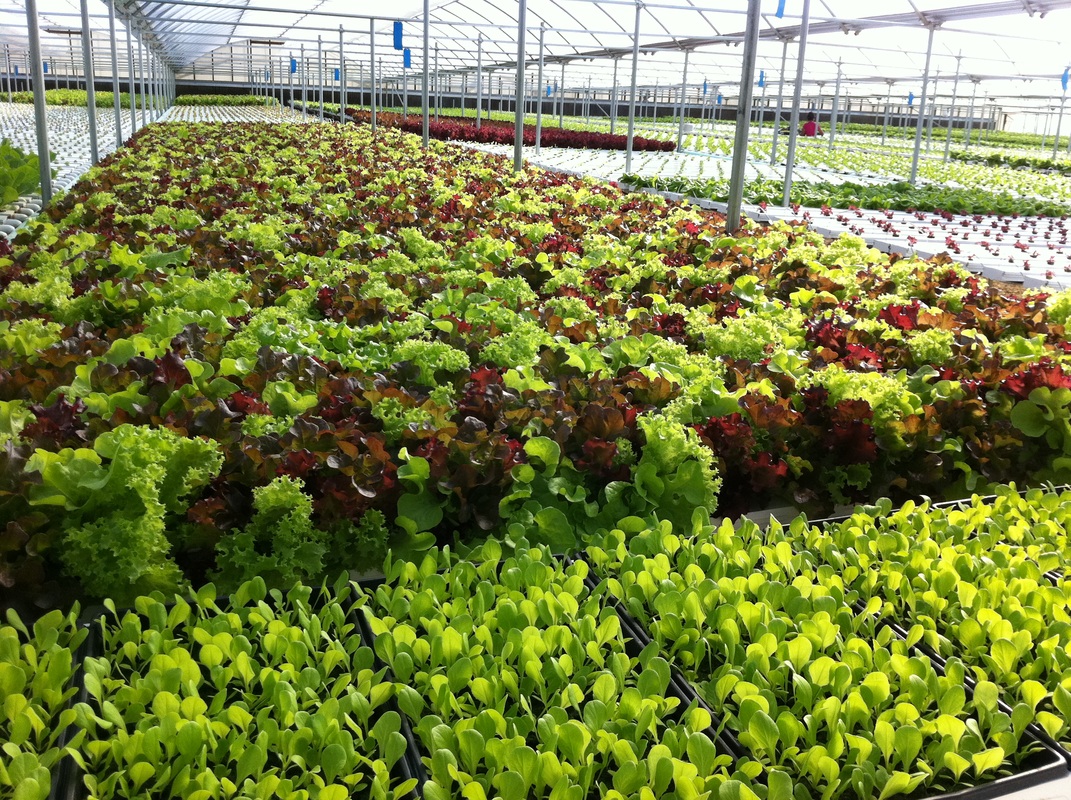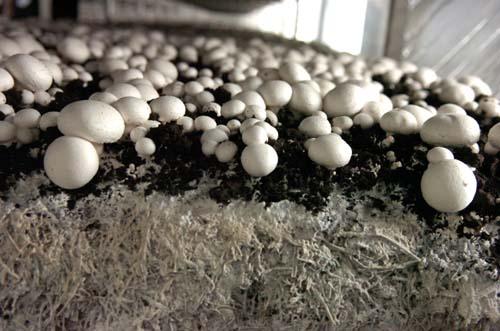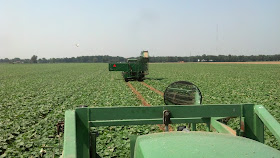Despite being the biggest producer of grains as well as fruits and vegetables in the State of Maryland, the Eastern Shore farming community has seemingly been labeled as not "real food farming."
Last week, the Baltimore Sun ran an article by reporter Dan Rodricks about the purchase of a Kent County farm using tax payer funded "Program Open Space" monies which was discussed by the Board of Public Works who approves such purchases. Besides the fact that the State paid $2.8 million or nearly $11,000/acre, nearly $5000 per acre more than current farmland values, it was also proposed that the farm be leased directly to a lawyer/farmer for $1 per year, bypassing the otherwise required statewide competitive bidding process required for any of the rest of us Maryland farmers to lease state-owned land. The land would be used as part of a "Food Hub" nonprofit also supported by this lawyer turned farmer who has been a noted financial backer to the Democratic party. Thus the Comptroller deemed the deal "sleazy".
My issue is not about the purchase of the farm though do question why outgoing Governor O'Malley would waste taxpayer dollars by paying such a ridiculous amount for farmland. (And go on about how the State out-competes farmers by paying exorbitant prices that would never cash-flow a farming operation and disadvantages farmers by giving landowners artificial economic value.) Rather, my issue is with the premise that there is a lack of "real food" grown on the Eastern Shore. I dispute the notion that there is not "real food farming" here on the Delmarva. If you are a Marylander who never gets off of Route 50 on your way to the beach in the summer, then maybe that is your impression. Or if you're an urbanite who doesn't know a lima bean from a soybean plant or sweet corn from field corn, you may have no idea what you see as you drive past our farms. If you have never talked to a farmer except at a farmer's market, you may not know the sheer volume of "real food" grown here because farmers like me, do not sell to consumers, but sell directly to companies who make products like spaghetti sauce or who distribute directly to the grocery store.
The full article is linked here: "Behind 'sleazy' deal, a good idea about food."
My issue with the "good idea about food" is this (emphasis mine). The article says:
"Separate from the Wick Farm deal, Braver wants to lease land from the town of Easton, in Talbot County, and build a large warehouse-style building where Eastern Shore farmers can bring their fruits, vegetables and meats to be distributed and sold throughout the region. She also wants to create an apprenticeship program for new farmers who will grow things people eat.
Right now, of course, that kind of farming — farmers' market farming — is dwarfed by the soy, corn and wheat farming that goes on here, along with dairy and Big Chicken.
"Currently, just 3 percent of the country's farmland is used to grow and harvest fruit and vegetable crops," Braver says, "And it's less than 2.5 percent in Maryland. We are not creating our own food. We want to expand real-food production on the Eastern Shore."
.....As if real-food production doesn't already exist on the Eastern Shore....?
First a few statistics using the 2012 USDA Ag Census:
Between the 9 Eastern Shore Counties, there are 30,023 acres of vegetables and nearly 700 orchard acres. This does not include 200 or so acres of winegrapes that have taken root on the Shore over the last 10 years or so. This doesn't include greenhouse production of which there is quite a bit as well.
By value, fruits and veges add up to a very nice diversification for quite a few farmers. Combining the 9 Eastern Shore counties, the value of fruits and veggies produced on nearly 31,000 acres is over $46 million. Those are some real dollar values to "grow things people eat."
So to illustrate this, here are some folks who "grow things people eat" right here on the Eastern Shore, many who have been at it for generations.
 |
| My farm grew 7.21 million pounds of Roma tomatoes for spaghetti sauce & stewed tomatoes. Furmano's distribution is through the MidAtlantic and East Coast. Is that not #RealFood? |
 |
| Chesapeake Fields Farmers Cooperative grow 5.4 million pounds of soybeans for tofu each year. These soybeans are sold to Asian food processors in DC, Baltimore, Philly, NYC & Boston markets. Is that not #RealFood? The article goes onto note that the Delmarva will be the future source of food for the New York City region.... So Columbia University's Earth Institute apparently is unaware of the current food distribution along the East Coast to know that this is already happening. |
 |
| Chesapeake Greenhouse grows hydroponic lettuce, 42,000 heads per rotation, year round. Is that not #RealFood? |
 |
| Warwick Mushroom Farm in Kent County picks 500,000 pounds of mushrooms per week. A half million pounds of mushrooms every week! Is that not #RealFood? |
 |
| 1773 Maryland farmers grow soft red wheat at a $86 million value and supplies Auntie Anne's with flour for their pretzel dough. Is that not #RealFood? |
 |
| Photo: Edwin Remsberg |
Godfrey's Vegetable Farm who are my neighbors in Sudlersville grow over 250 acres of fruits and vegetables including asparagus, cantaloupe, peaches, peppers, strawberries, sweet corn, tomatoes, and watermelon and sell whole sale to grocers like Whole Foods in Annapolis.
Is that not #RealFood?
Arnold Farms, outside Crumpton in Queen Anne's County grows 350 acres of vegetables including sweet corn, eggplant, squash and sells to Whole Foods and Giant.
Is that not #RealFood?
Every year we grow nearly 200 acres of green beans. This year we grew 22,500 bushels of fresh green beans which are distributed up and down the East Coast from Florida to Maine and states in between and a variety of grocery stores. In addition we donated 2000 pounds of green beans to the Maryland Food Bank's Farm to Food Bank program providing fresh produce to food bank recipients.
Is that not #RealFood?
Later in the article, it says
"We could put more Marylanders to work growing our own, right in our own backyard, and eventually become more "food secure" — that is, less reliant on produce or protein grown or raised hundreds of miles away.
So as to not leave my livestock farming friends out because sourcing local protein should not be a problem for consumers....
 |
| Photo: Edwin Remsberg |
My friend Jen and her family operate one of the few hog farms left in the region. They produce about 2.5 million pounds of pork sold throughout the MidAtlantic and NorthEast region.
Is that not #RealFood?
 |
| Photo:Edwin Remsberg |
My other friend Jenny and her sons raise broiler chickens, which are mentioned in the article as "Big Chicken". Her farm produces about 2 million pounds of chicken each year. One of the many ways farmers diversify is to add poultry barns in order to have a revenue stream that allows for the next generation of young farmers to return home and make a living farming.
So
A. Is that not #RealFood?
and
B. Is that not how we raise up the next generation of family farmers by affording them a way to return to the farm?
Are we Eastern Shore farmers not already "growing things people eat"?
I grow #RealFood.


